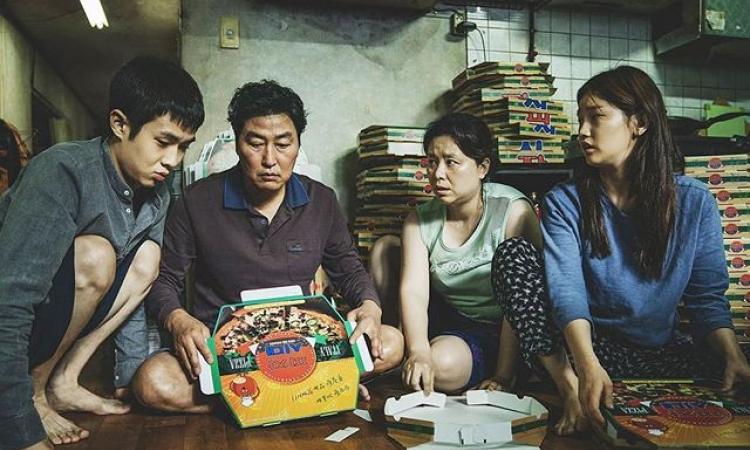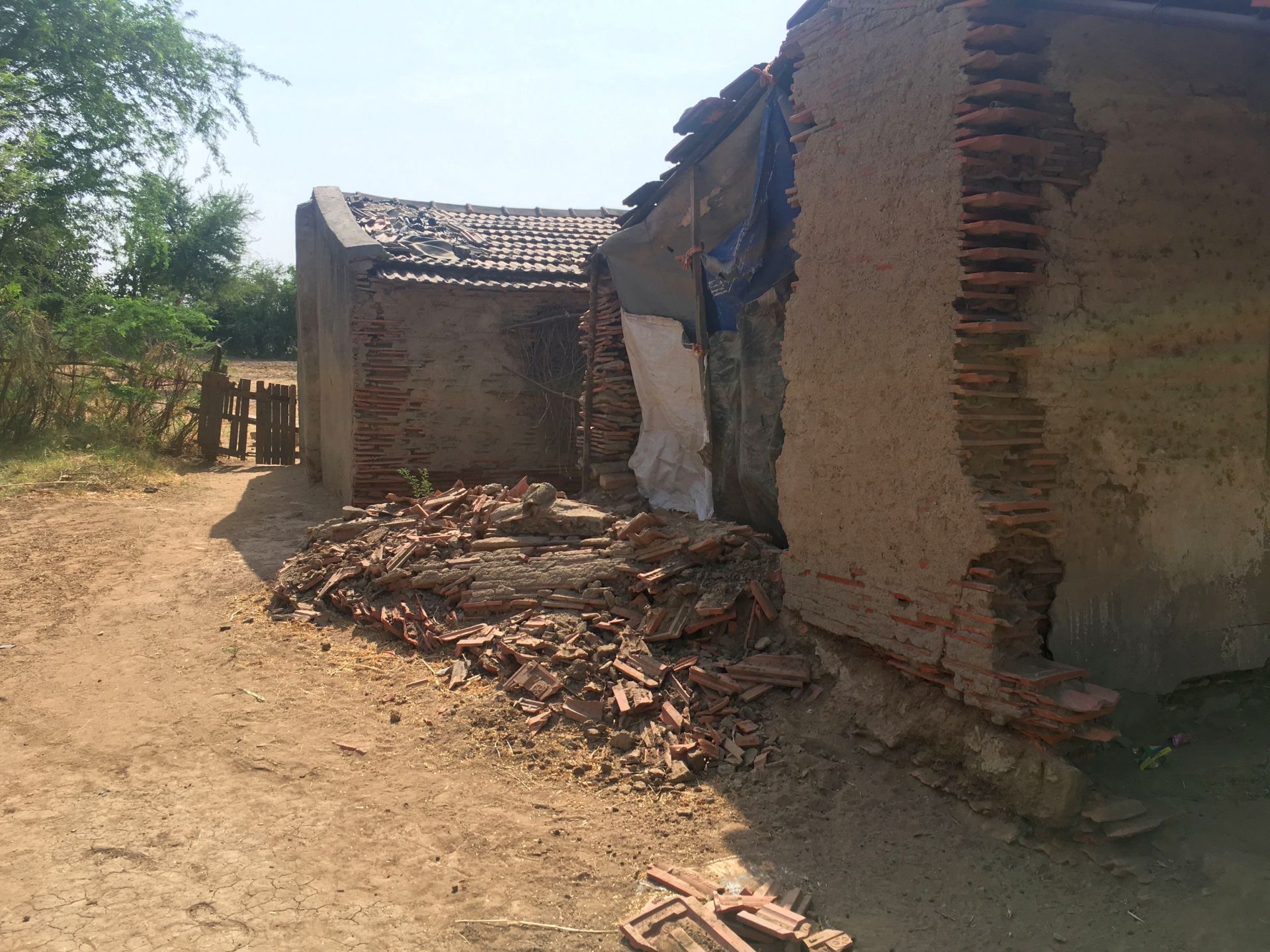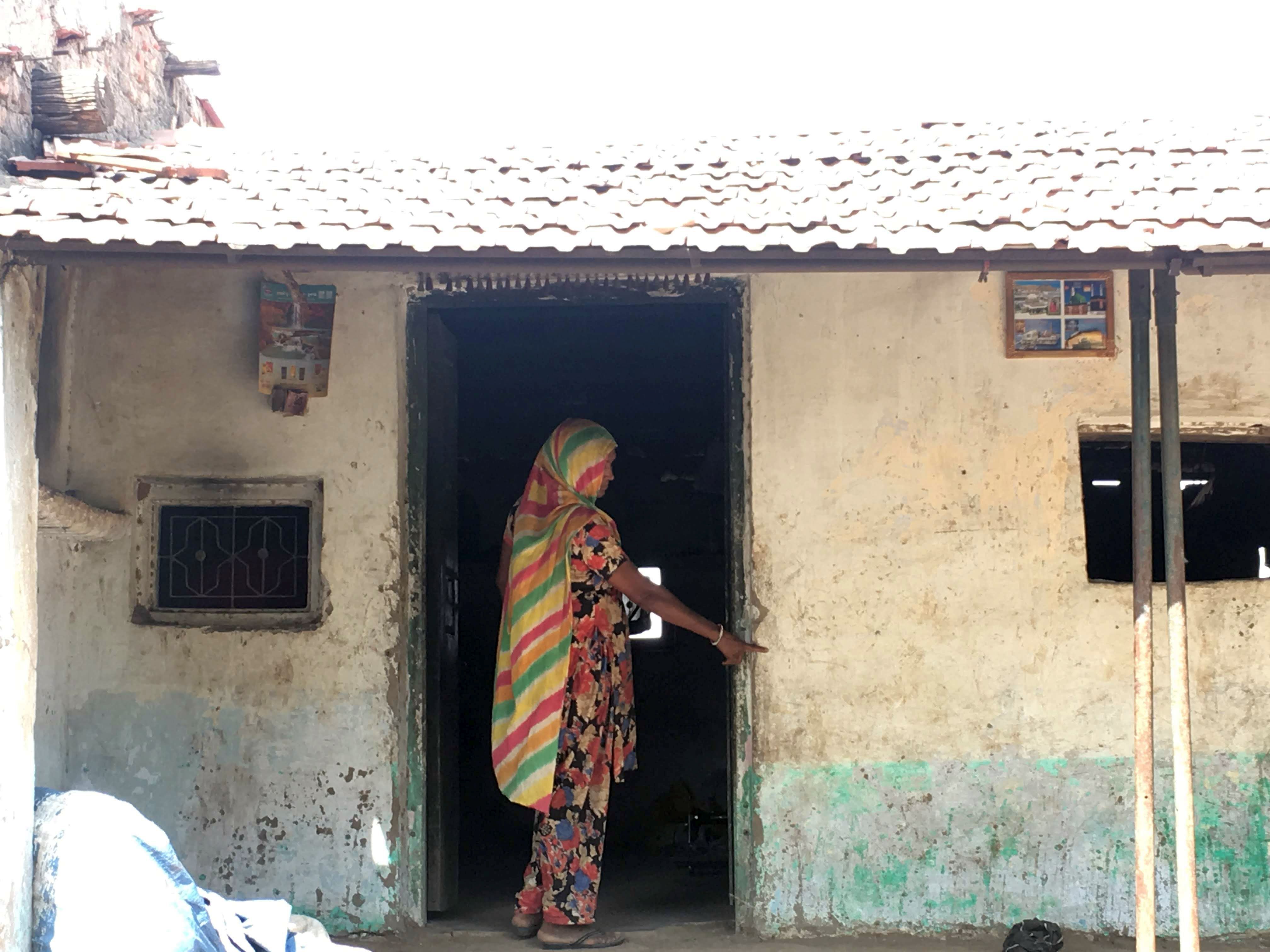
Parasite, the South Korean movie released in 2019 has gained attention worldwide especially after its historical win at the Oscars 2020. The film takes on two different worlds co-existing in a country but set apart by class and wealth. The introduction of the Kim family living in a semi-basement in ‘that’ part of the city characterized as suffocated, cramped and sub-standard straightaway exposes the audience to their ‘immediate’ social vulnerabilities.
The contrast to this is established as the film moves forward introducing the privileged Park family residing in a lavish, architecturally distinguished villa that receives nature’s blessing as a blessing and not as curse. The sun shines bright in its lush, green courtyard.
A microcosm of the world we live in
Without getting into the movie’s cinematic experience, I have tried to effectively highlight the paradox of the times we are living in. My views are based on a small part of the film that effectively engages in depicting how hazardous events affect different people differently. After the interval, the incessant rain that lasts for a few hours plays an important role in highlighting the deep social divide between the likes of the Kims and the Parks.
On one hand, it was the ‘birthday camping trip’ of the Parks that was ruined by the overflowing waters, while on the other, it was the entire life of the Kims that was inundated. The water and the filth that flowed downhill from the houses perched on safe locations, entered mercilessly into the lives of the marginalized families living in the most disastrous manner. In the next scene, the affected families were seen taking shelter in a gymnasium, thousands crunched together with mere basic necessities – beddings, food and donated clothes were available for those affected.
Being a scholar of disaster studies, I couldn’t help but compare the have-nots depicted in the movie with the have-nots in an Indian disaster. The shelter that was available to the affected people in Seoul seemed luxurious as compared to what is provided to disaster-affected people in India.
Shared below are some excerpts from my thesis, reflecting on the manner in which our disaster and development policies fail the disadvantaged communities during critical times.

The aftermath of Gujarat floods
The unprecedented rainfall in July 2017 led to one of the worst floods that Gujarat experienced in over a century. The breach in Narmada canal at 12 locations posed a serious challenge during the disaster. Of the 33 districts in the state, 10 were severely affected. Rajkot, Surendranagar and Morbi were the first few districts to be affected by the heavy rainfall during July 21st and 23rd.
Effective early warning was not provided to the people residing in low-lying areas. The response, relief and rehabilitation was poorly planned and executed and most importantly lacked in intent.
“Water started coming in at 9 am and by 9.30 am everything was flooded. We rushed to the terrace. Soon, it started raining incessantly. There was water everywhere. Kutcha houses were washed away. All our clothes, food and furniture had moved out with the flood water.
For an entire day, we were standing on the roof without any food and water. Rains were accompanied with heavy winds. It was the worst phase of my life,” recalled 28 year-old Fatima (name changed), a resident of New Railway Station Colony, Maliya.
Hundreds of people, who were stuck on the roof, were waiting to be rescued. But instead of help from the government, the community, as usual, had to rely on their own efforts and that of non-profit organizations.
“There was a helicopter deployed by the district collector for rescuing people but neither the collector nor the pilots were aware of the geographic location from where people needed to be rescued,” says Supriya Jadeja (name changed), field supervisor of a NGO working in Maliya.
The relief operations undertaken on the eve of July 22 were inadequate and people continued to be stranded on the terrace of their houses managing under intense rainfall. The food packets that were dropped from the helicopter contained Gathiya and Boondi (a local light snack). People, who had not eaten anything since morning, tried hard to catch packets which were falling in the water. Many had to eat from those packets as they did not know when they would receive food next.

During disasters, it isn’t just the life of the marginalized that is jeopardised but their dignity too gets compromised at the hands of the authorities. Providing people food and shelter is conceived as a favour – not their right or a state responsibility.
Based on the global framework for reducing disaster losses, the Sendai Framework for Disaster Risk Reduction, the aim of India’s National Disaster Management Plan (2016) is not just to make the country disaster resilient but to significantly reduce the loss of lives and assets. The plan includes activities such as early warning, effective communication, health care, transportation, fuel, rescue operations, evacuation, etc.
Agencies responding to any disaster are required to check all the activities, but in case of the 2017 floods this did not happen. State failure during the 1986 drought and the 2001 Bhuj earthquake can be attributed to lack of a disaster management act, policy, standard operation guidelines and plan.
But, for the 2017 floods, these were in place. Yet, the approach adopted by the responding authorities was response and relief centric with a complete lack of coordination.
“Before the floods, we had not received an early warning from the administration. It was only at midnight that a faint announcement was made which revealed nothing about the intensity of the floods. No information on what the community should do or not do was communicated at any stage. Rescue operations lacked coordination and did not take into account the specific needs of women, children, physically handicapped and elderly. They were not like rescue operations but were being carried out in order to save the government’s image. More than disaster management, it was an image management exercise by the authorities in Maliya,” says a woman community leader at Maliya in May 2018.
For people belonging to the lowest strata, every day is about facing their vulnerabilities and in case of disastrous events, they are pushed back even further. They get exposed to new vulnerabilities such as health, finances, loss of assets with no means to recover. No one prepares them to face disasters, no one helps them to cope with disasters. No one talks about them.
About the author: Chetna Verma is a MSc in Disaster Management from TISS, Mumbai and has been working as a development journalist for over 8 years.